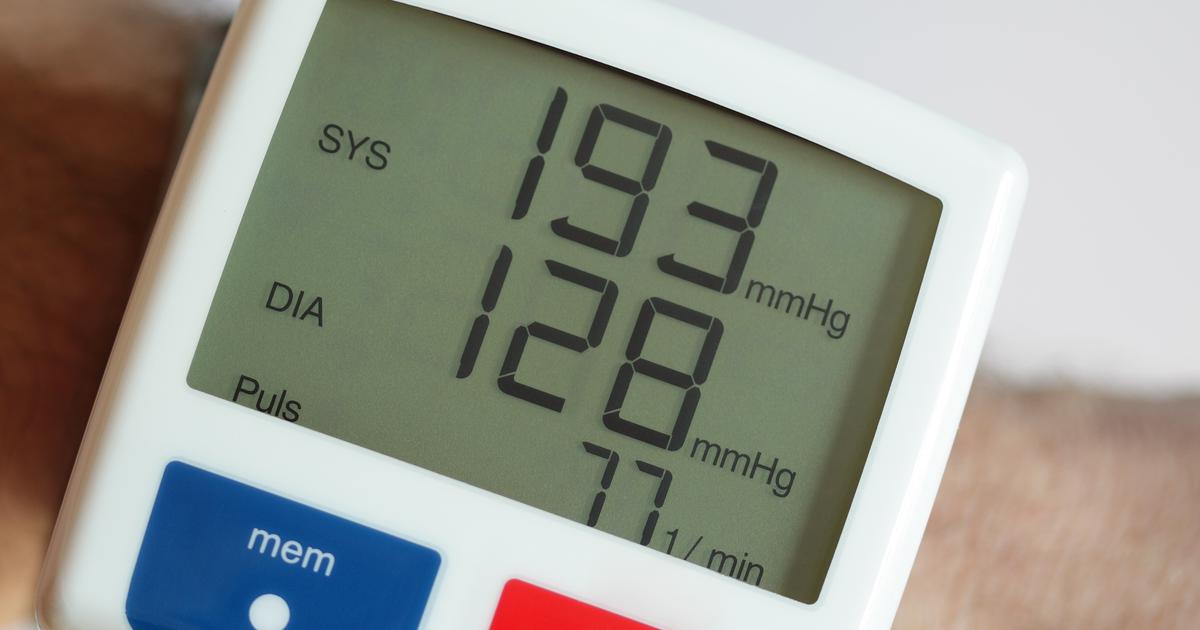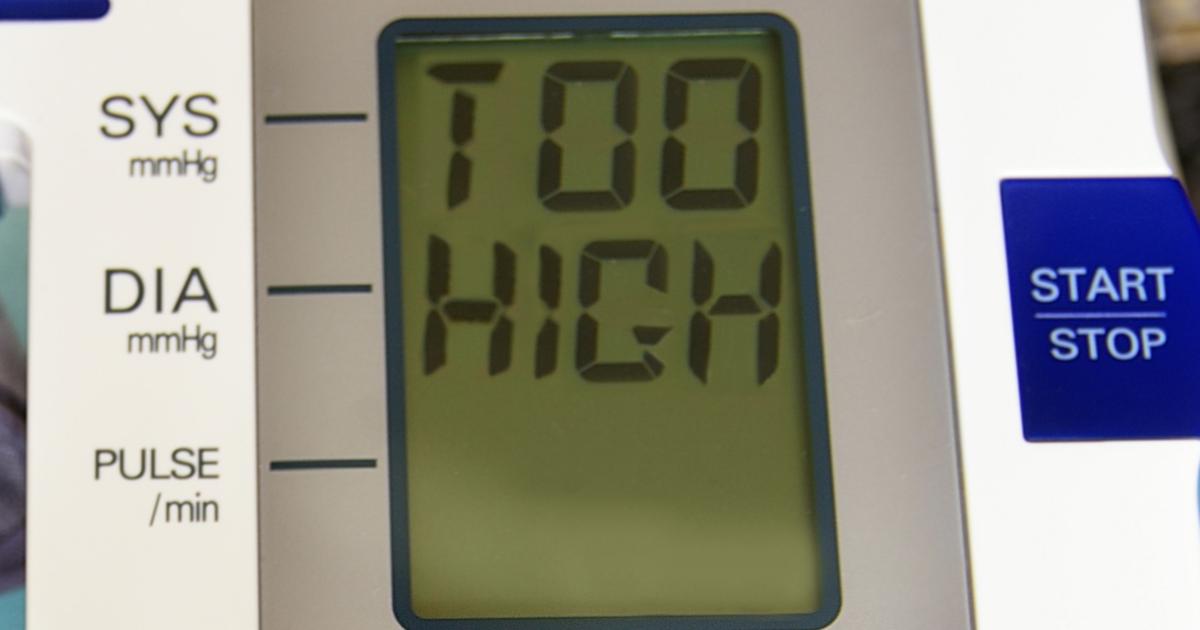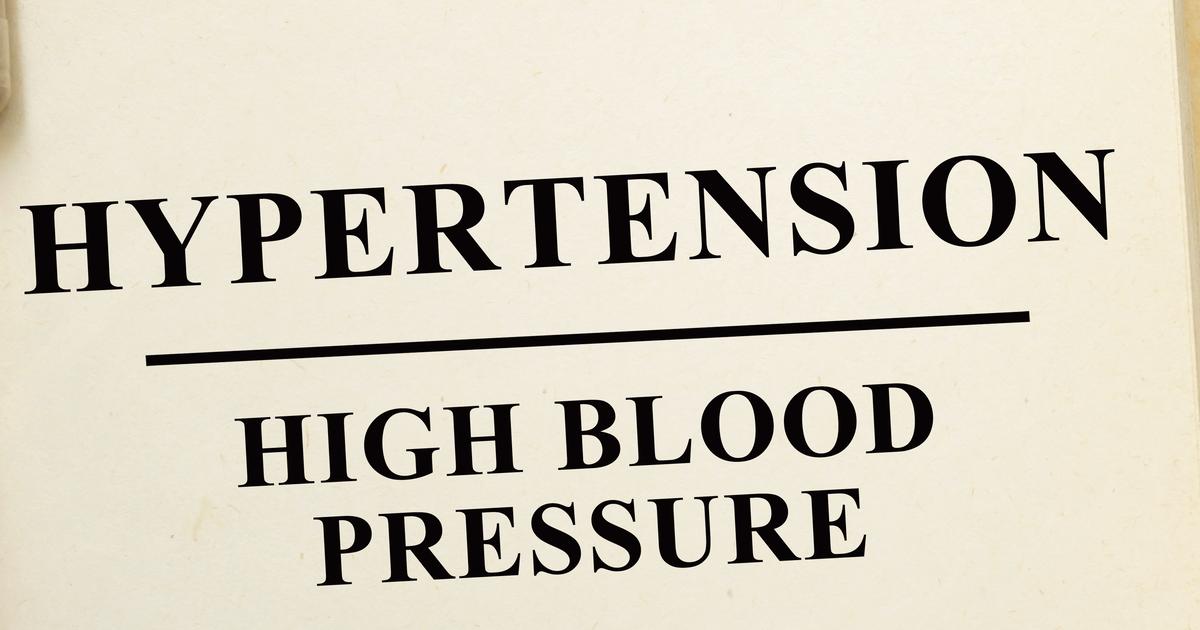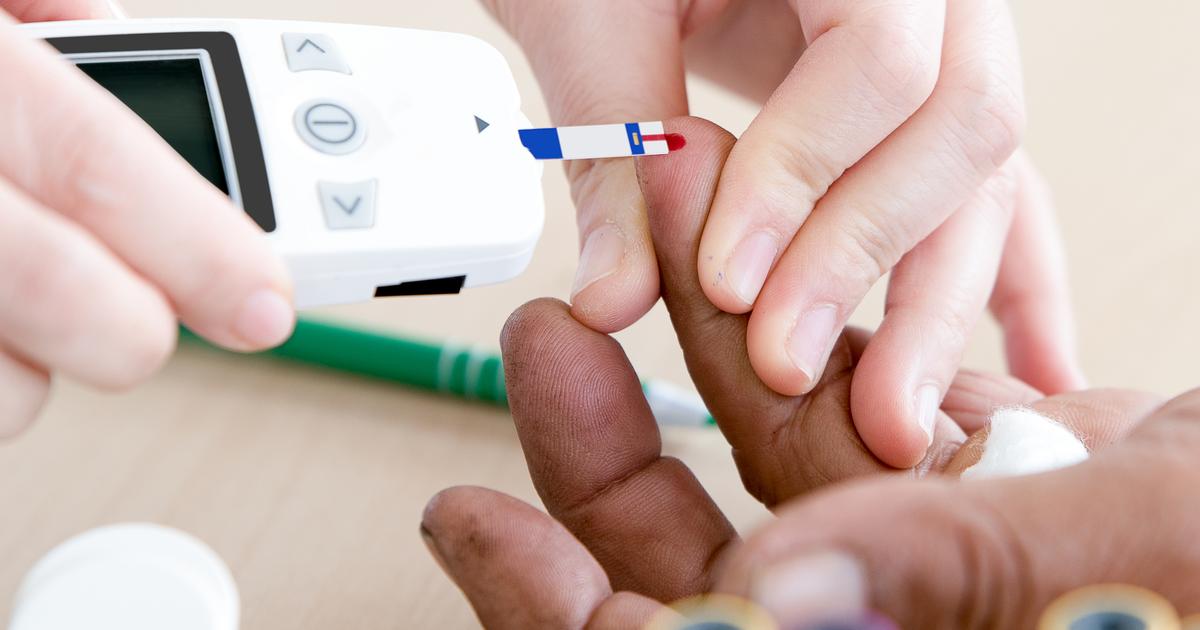Guide To Understanding Blood Pressure
Blood pressure is the measurement of the force of an individual's blood pushing against the walls of their arteries as it is traveling through them. These measurements are important to an individual's health because just like filling a bike tire up with too much air can cause damage, filling up the arteries with the force of too much blood can also produce damage. Approximately thirty percent of all adults in the United States are affected by high blood pressure. Most individuals with high blood pressure do not realize it until it is discovered during a standard check-up. Individuals over fifty-five years old, who are inactive, smokers, African-American, overweight, illicit drug users, have a high salt diet, heavy alcohol drinkers, or who have a family or personal history of heart disease or diabetes are at an increased risk of developing high blood pressure.
Get all the details regarding blood pressure readings now.
What Do The Numbers Mean?

An individual's blood pressure is measured and then expressed in the form of a fraction with two different numbers. The number on the top of the blood pressure reading is an individual's systolic blood pressure, and the number on the bottom of the reading is their diastolic blood pressure. The systolic pressure reading is used to measure the force of blood moving through the arteries when the individual's heart is making a contraction. The diastolic pressure reading is utilized to measure the force of the blood against the blood vessel walls when the heart is in between heartbeats. When determining the state of an individual's heart health, both diastolic and systolic blood pressure readings are important indicators. When an individual's heart is not working hard enough to pump blood around to the rest of their body, their blood pressure readings will be lower than normal. When the individual's heart is working too hard to pump blood around their body, their blood pressure readings higher than normal.
Get familiar with the ranges of healthy and unhealthy blood pressure readings next.
Range Of Healthy And Unhealthy Readings

In order for an individual's blood pressure reading to be considered healthy, the measurement should show a systolic measurement greater than 90 but under 120 mmHg (millimeters of mercury). The diastolic blood pressure should show a value that is above 60 but under 80 mmHg. An individual who has a healthy blood pressure reading has both numbers within these specified ranges, according to the American Heart Association. A healthy blood pressure reading is any reading between 90/60 mmHg and 120/80 mmHg. When an individual has a diastolic pressure reading of above 80 mmHg and a systolic reading of above 120 mmHg, it is considered an unhealthy reading. Just as a slightly high blood pressure reading is considered unhealthy, a blood pressure reading that is slightly lower than normal is also considered unhealthy. An individual's blood pressure should not drop below 90/60.
Keep reading to learn about the categories of blood pressure next.
Categories Of Blood Pressure

When an individual is diagnosed with high blood pressure, they are categorized into a stage of hypertension. Stages are not determined based on one single blood pressure reading but by an average of blood pressure readings over time. Stage 1 hypertension is diagnosed when an individual's diastolic blood pressure reading is between 80 and 89 mmHg, and their systolic blood pressure reading is between 130 and 139 mmHg. When an individual's systolic blood pressure reading exceeds 140 mmHg and their diastolic blood pressure reading exceeds 90 mmHg, they have Stage 2 hypertension. Medications are usually recommended for individuals diagnosed with Stage 2 hypertension. When an individual's systolic blood pressure reading exceeds 180 mmHg and their diastolic blood pressure reading exceeds 120 mmHg, they are in the danger zone, also called a hypertensive crisis. Even with no symptoms, an individual who is in a hypertensive crisis requires urgent medical treatment. Symptoms of a hypertensive crisis include chest pain, visual changes, hematuria, dizziness, headache, loss of muscle control in the face, and paralysis.
Read about the risks linked to unhealthy blood pressure readings next.
Risks Of Unhealthy Blood Pressure Readings

High blood pressure is a silent killer that can cause extensive damage to the blood vessels for many years before symptoms manifest. Healthy arteries are elastic and flexible but are also strong. The inside of a healthy artery has a smooth texture to allow for blood to flow easily through it. An elevated and unhealthy blood pressure will cause extensive damage to the inside lining of the arteries. Fats and other lipids can penetrate the bloodstream because of this damage and accumulate inside of the arteries. These fats in the bloodstream combine with immune system components, which results in the formation of plaque. The blood vessel walls become hard, inflexible, and narrow, leaving less room for blood to flow. Another risk of unhealthy blood pressure is when the damage to the artery lining allows a section of the artery wall to become weak and bulge outward due to the constant pressure of blood. This bulge is referred to as an aneurysm, which has the potential to burst open and produce life-threatening internal bleeding. High blood pressure can cause the development of a thickened left ventricle in the heart, heart failure, coronary artery disease, transient ischemic attack, stroke, dementia, cognitive impairment, glomerulosclerosis, kidney failure, retinopathy, choroidopathy, optic neuropathy, and sexual dysfunction.
Get the details on maintaining healthy blood pressure next.
Maintaining Healthy Blood Pressure

There are several ways an individual can keep their average blood pressure levels healthy, depending on their circumstances. Maintaining healthy blood pressure may be easier for one individual than it is for another because everyone's body has slight variations in genetics and other factors that influence the stability of their blood pressure. One of the best ways an individual can maintain healthy blood pressure is by exercising regularly. When an individual exercises, their body releases a substance called nitric acid, which is a vasodilator and helps open up the blood vessels, effectively reducing an individual's blood pressure. Exercise also helps an individual with obtaining and maintaining a healthy body weight, which also decreases blood pressure. An individual can maintain healthy blood pressure levels by monitoring and limiting their intake of salty foods, sugary foods, fats, red meats, and processed foods. An individual who drinks alcohol heavily or uses tobacco products can help obtain and maintain healthy blood pressure by stopping the use of tobacco and limiting their consumption of alcohol. It is also helpful for an individual to find healthy ways to cope with and reduce stress.
Reveal the causes associated with hypotension next.
Causes Of Hypotension

Hypotension describes when an individual has a blood pressure level of under 90/60. Occasional low blood pressure in a healthy individual is not a cause for concern, but frequent symptomatic episodes of hypotension can be indicative of another underlying health problem. Some common causes of hypotension include low blood sugar, pregnancy, diabetes, hypothyroidism, heart failure, heatstroke, liver disease, and arrhythmias. Postural hypotension or low blood pressure upon posture change can be caused by disorders of the central nervous system, cardiovascular disorders, nutritional diseases, and alcoholism. Severe dehydration or blood loss can cause individuals to experience a dramatic drop in blood pressure. A severe allergic reaction referred to as anaphylaxis and a severe blood infection called septicemia can produce hypotension.
Get familiar with the dangers linked to hypotension next.
Dangers Of Hypotension

Chronic hypotension can be dangerous in several ways. Symptoms that develop when blood pressure is too low can cause patients to lose consciousness because the brain tissues are not receiving enough blood to function properly. Hypotension produces symptoms such as dizziness, blurry vision, nausea, lightheadedness, lack of concentration, and syncope. All of these can be dangerous if an affected individual is operating heavy machinery, driving a vehicle, climbing stairs, riding a bike, or swimming, among many other activities. Individuals affected by chronic hypotension are at a greater risk of experiencing an injury to their head from falling from a standing position. Hypotension can cause the internal organs to be starved of oxygenated blood, which manifests as organ failure if it is left untreated. Hypotension can progress to shock in a patient who is not properly treated. Hypovolemic shock occurs when an individual experiences low blood pressure because they have lost over twenty percent of the fluid volume in their body due to severe diarrhea, blood loss, or dehydration.
Learn about treating low blood pressure next.
Treating Low Blood Pressure

The method used to treat low blood pressure will depend on the underlying cause of the condition. Should hypotension be caused by dehydration, the patient will be given fluids intravenously or advised to drink more fluids. If an individual experiences hypotension due to standing for long periods, they should take extra breaks to sit down. An individual affected by hypotension due to postural changes should avoid standing up rapidly, make slower movements, and gradually stand from a sitting position. Antibiotics are used to treat bacterial infections that can produce hypotension, such as pancreatitis, myocarditis, and septicemia. If a patient's hypotension is caused by their use of certain medications, they can be treated by finding an alternative medication. Blood loss that causes hypotension is treated with blood transfusions and intravenous fluids. Hypotension caused by certain types of bradycardia is treated with the use of an implantable pacemaker.
Get familiar with how to check blood pressure outside a doctor's office next.
Checking Blood Pressure Outside Of A Doctor's Office

Certain individuals may benefit from checking their blood pressure when they are outside of their doctor's office. At-home blood pressure monitoring can help patients who have been diagnosed with high blood pressure, starting treatment for high blood pressure, have conditions related to or risks associated with high blood pressure, are pregnant, and may have white coat hypertension or masked hypertension. Individuals affected by arrhythmias and atrial fibrillation may not be good candidates for at-home blood pressure monitoring due to the inability of home blood pressure devices to provide an accurate result in these conditions. Some individuals may use public blood pressure machines like those found at pharmacies. Blood pressure readings outside a doctor's office should always be administered on the bare skin and not over any clothing. Patients should be aware it is normal for blood pressure levels to fluctuate.
Get some tips for accurate blood pressure readings next.
Tips For Accurate Blood Pressure Readings

There are several things patients can do to ensure they get an accurate reading outside of their doctor's office. For instance, they should avoid smoking, exercising, and drinking caffeinated beverages within a half-hour of taking a blood pressure reading. Around five minutes of quiet time and rest is recommended before taking a blood pressure reading. Blood pressure should not be taken first thing in the morning. When taking a blood pressure reading, an individual should be sitting upright in a solid chair with both feet planted flat on the ground. Their legs should stay uncrossed, and their arm should be resting on a table or another flat surface at the same level as their heart. The cuff of the blood pressure monitor should be placed just above the bend of their arm. Individuals should take at least three readings at least a minute apart to ensure consistency. Blood pressure readings should be taken around the same time every day to be able to compare the results accurately. Patients should bring their monitor to their doctor's office at least once a year so they can compare the results and ensure they are taking their blood pressure correctly.